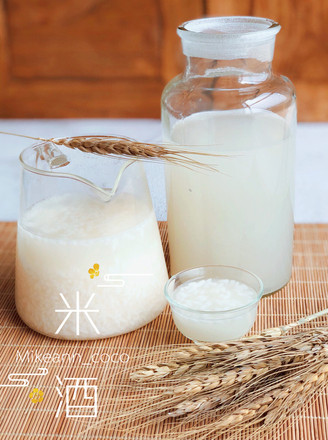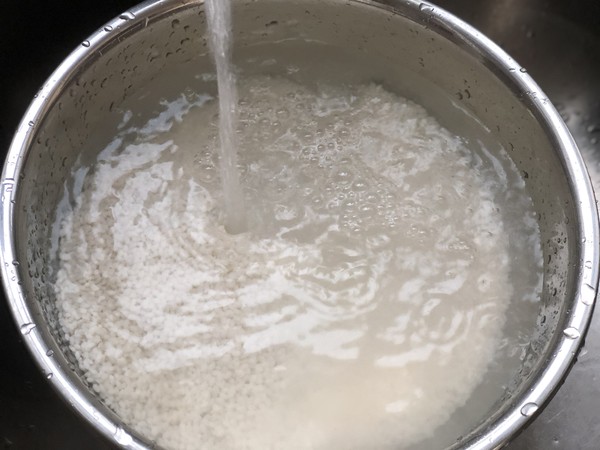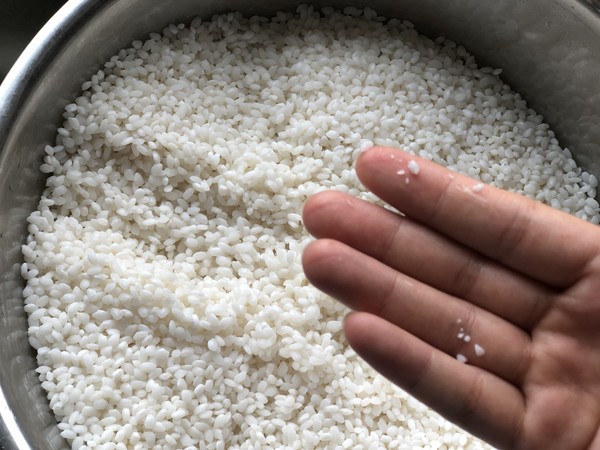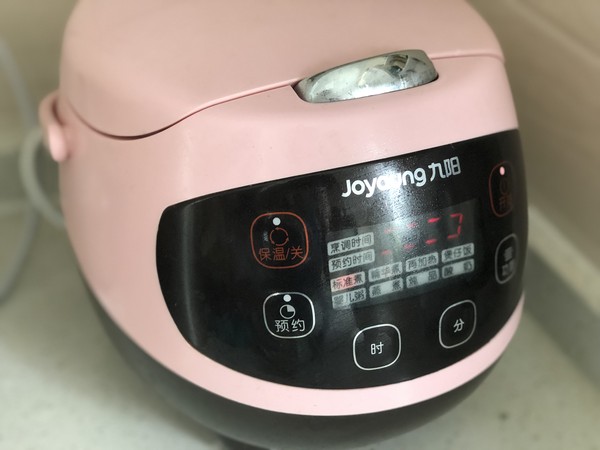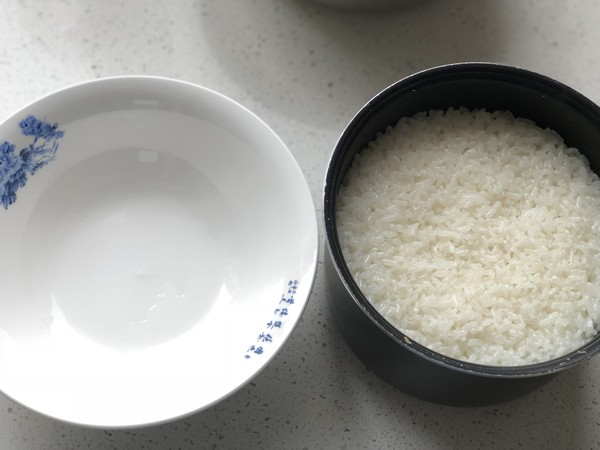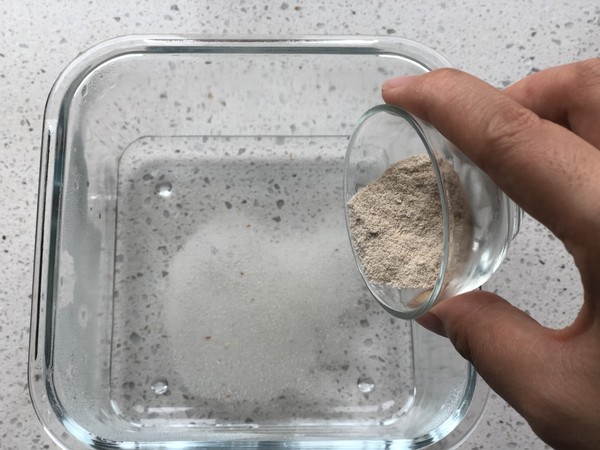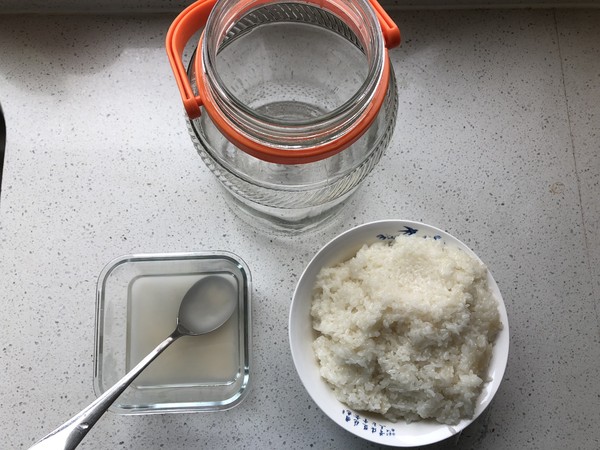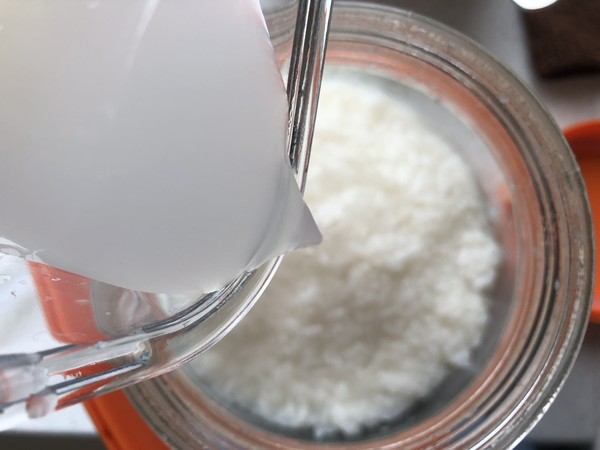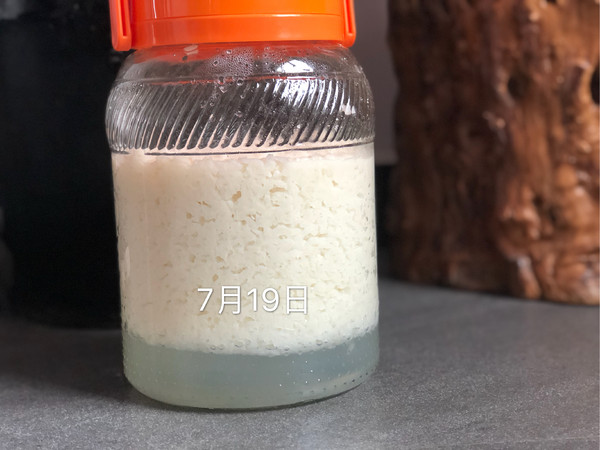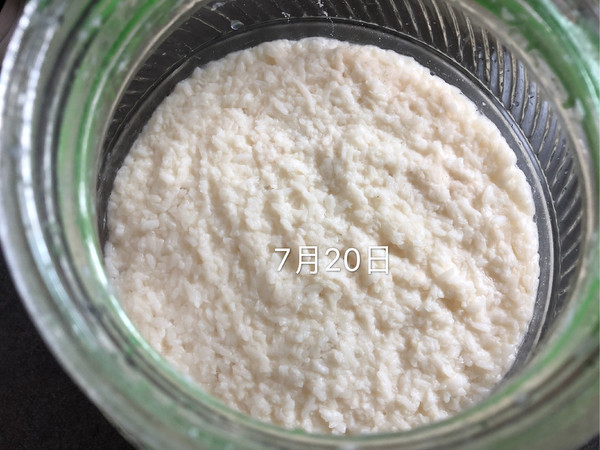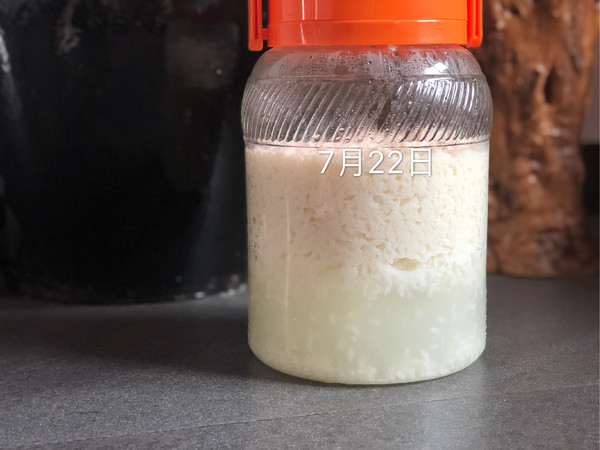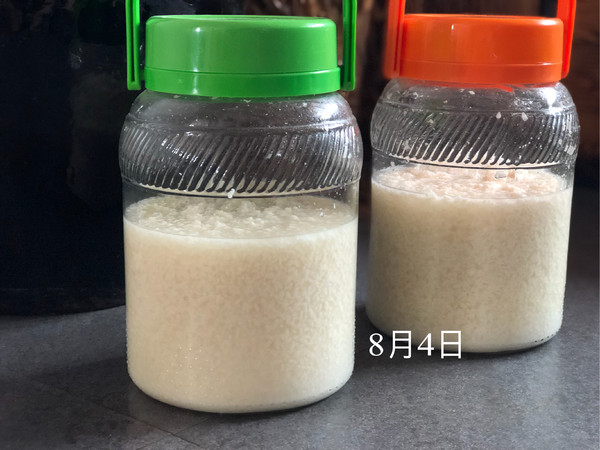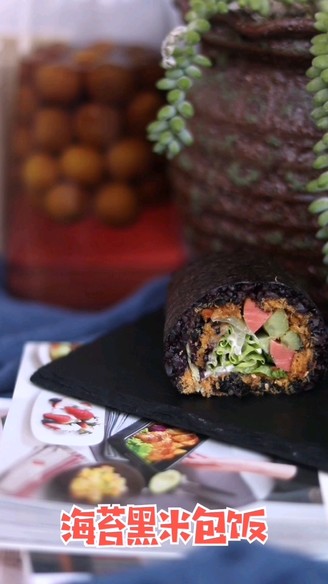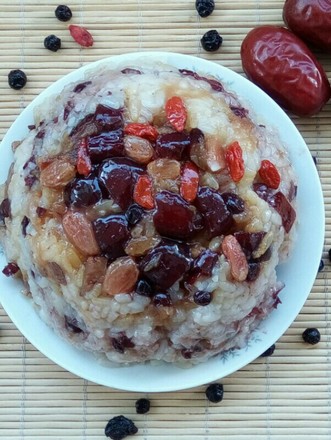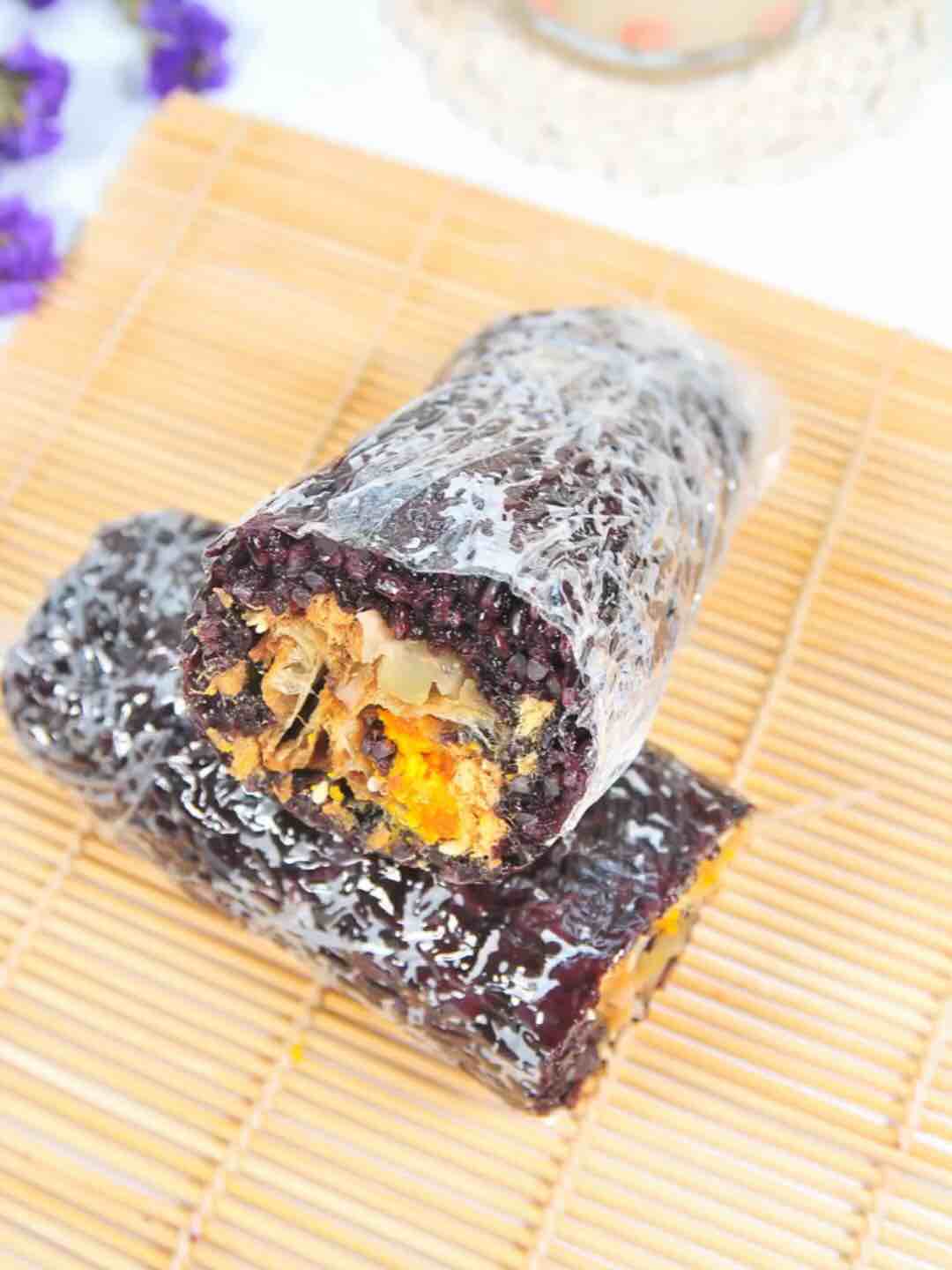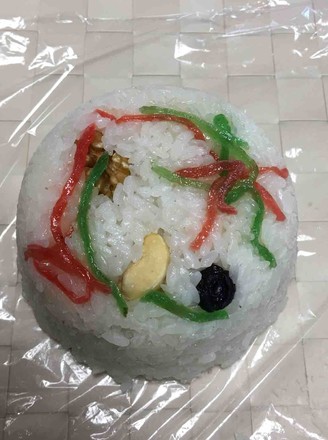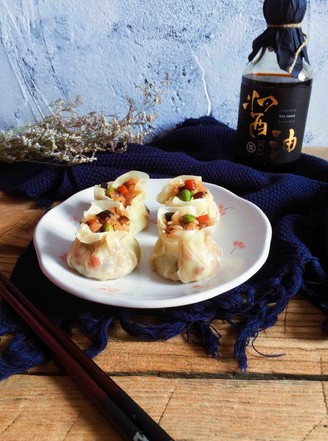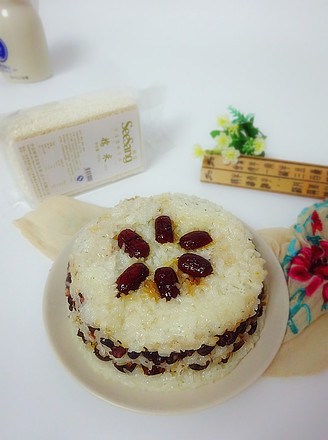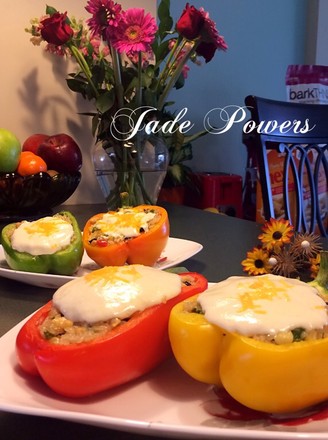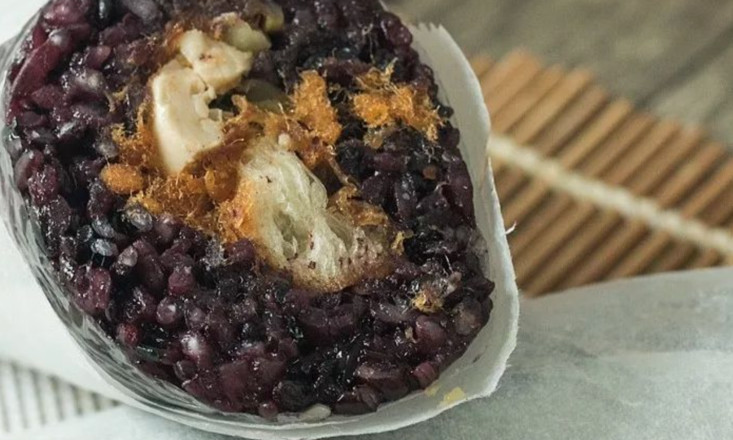Homemade Rice Wine
by Michael Ann
Favorite
Difficulty
Easy
Time
1h
Serving
5
Rice wine is also called sweet wine, glutinous rice grains, and fermented rice. It is a kind of folk traditional food in our country. It has a history of eating for more than two thousand years. It is a kind of nutritious and health food that the people love. The rice wine has a clear white sauce, dense aroma, sweet and delicious, appetizing and refreshing after drinking. Rice wine is rich in vitamins, glucose, amino acids and other nutrients. It has the functions of invigorating qi and nourishing blood, activating collaterals and meridians, nourishing blood, nourishing yin and kidney, and nourishing the lungs. It is a good nutritional product for all ages. Rice wine has many edible and medicinal values and is widely used in daily life. Boil the rice wine with water, add sugar, and add ice cubes after cooling to make a refreshing drink.
This rice wine has a strong flavor and a longer fermentation time. Of course, the longer the time, the more fragrant it is. The supermarket is too sweet and does not taste like alcohol. When I was young, my mother would make a tank of rice wine every winter. In the southern winter, there was no heating. My mother always put a thick coat on the big tank and put it on my bed. I don’t know how many winters I would hold it. Falling asleep together, my alternative sleeping toy. I learned how to make wine from my childhood memories! The rice wine can be drunk directly after being filtered, or it can be made into fermented eggs and rice wine dumplings. So, get up quickly! Come with me to make the scented rice bar.
Reminder: Babies who are lightly drunk must add a little more water before drinking, as they will get drunk. The alcohol concentration is higher.
This rice wine has a strong flavor and a longer fermentation time. Of course, the longer the time, the more fragrant it is. The supermarket is too sweet and does not taste like alcohol. When I was young, my mother would make a tank of rice wine every winter. In the southern winter, there was no heating. My mother always put a thick coat on the big tank and put it on my bed. I don’t know how many winters I would hold it. Falling asleep together, my alternative sleeping toy. I learned how to make wine from my childhood memories! The rice wine can be drunk directly after being filtered, or it can be made into fermented eggs and rice wine dumplings. So, get up quickly! Come with me to make the scented rice bar.
Reminder: Babies who are lightly drunk must add a little more water before drinking, as they will get drunk. The alcohol concentration is higher.

